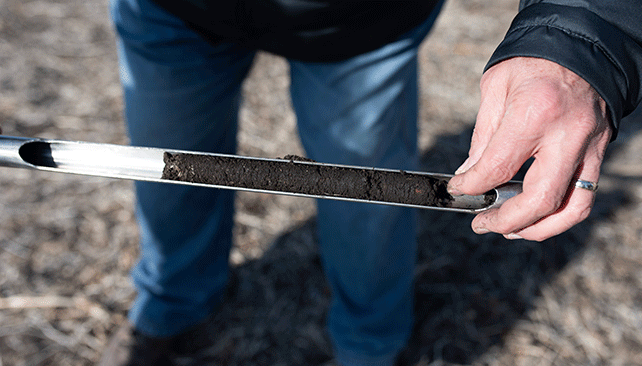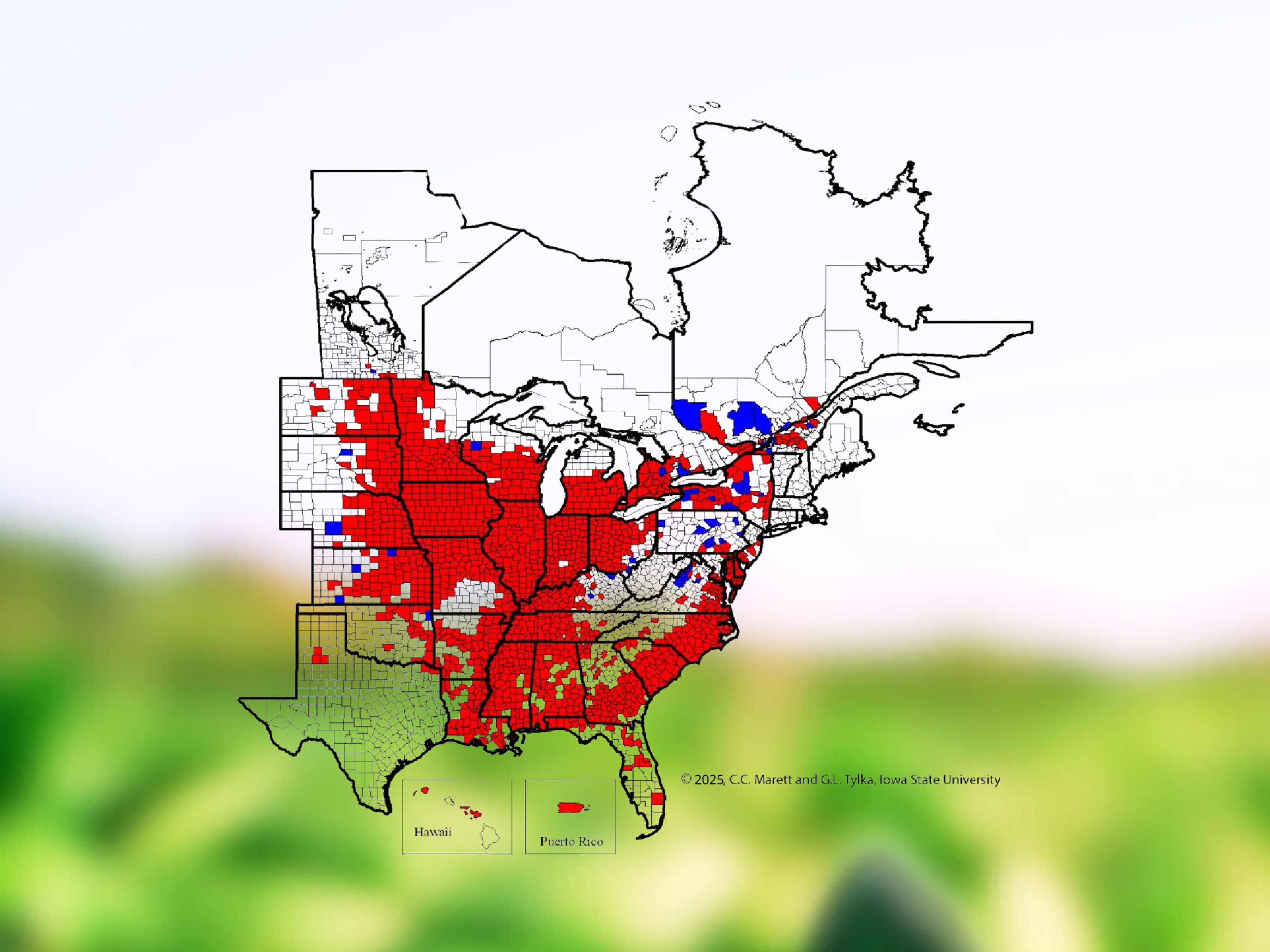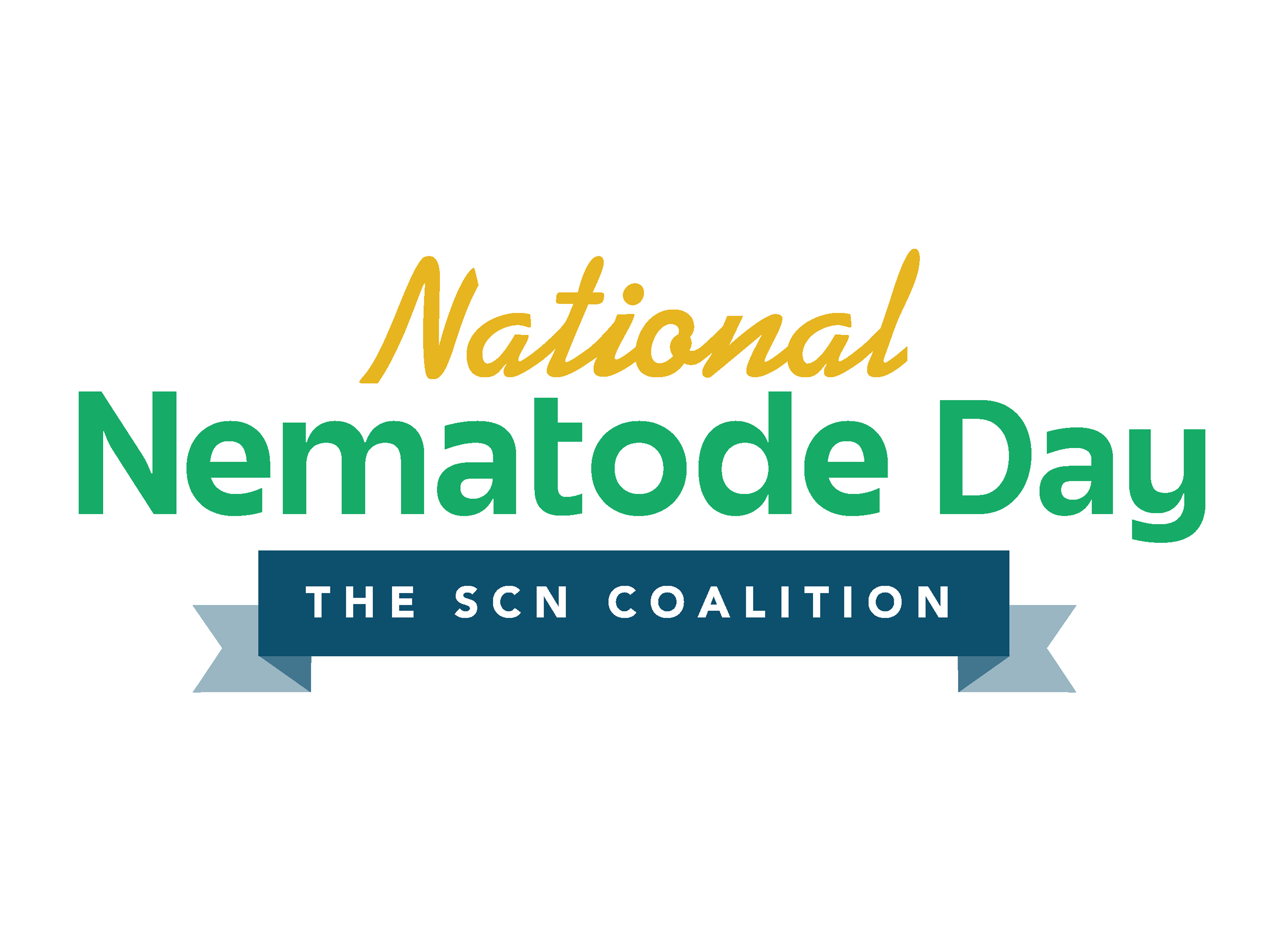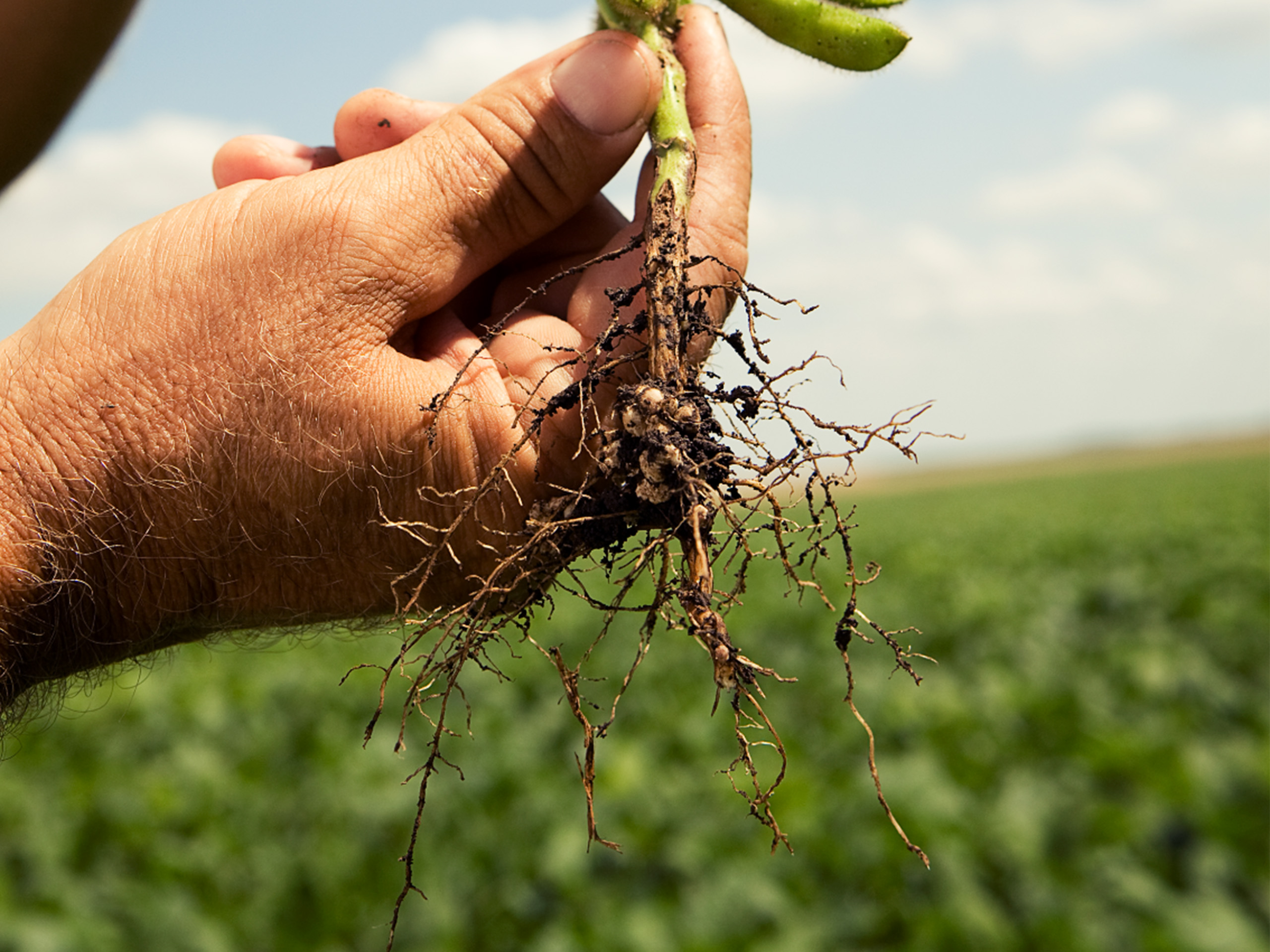
Waukesha, Wis. (Feb. 9, 2021) – Until the ’80s, soybean cyst nematode (SCN) was the main parasitic nematode concern Southern soybean growers faced. Decades later, they are experiencing additional threats from lesion, reniform and southern root-knot nematode (SRKN) , says University of Arkansas System Division of Agriculture Plant Pathologist Travis Faske. As a result, The SCN Coalition has expanded its educational outreach to other parasitic nematodes soybean growers face.
Like SCN, anything that moves the soil moves other parasitic nematodes. “That’s why it’s important to detect what nematodes are in your soil,” Faske says. “Growers in Arkansas can utilize free sampling supported by the soybean checkoff to determine what nematodes are present, and at what population densities.”
Faske says the Coalition’s “What’s your number?” tagline rings as true for Southern soybean growers as those in the heart of the Corn Belt. “Through soil sampling, it’s been determined SRKN is the most common nematode threat in Arkansas,” he says. “The Cotton Belt is associated with the highest population densities and distribution of SRKN.
“Soils in the northern U.S. soybean-growing areas are too cold for SRKN, but almost every crop that is grown in Arkansas, besides peanuts, is a host for SRKN, which makes it a challenge to manage,” adds Faske.
Faske recommends soybean growers test soil every three to five years to determine which nematode(s) are present and to see if population densities have changed. “There are a few soybean varieties available that offer resistance to SRKN,” he says. “Seed-applied nematicides are also popular. If a grower has an option of having peanuts in their program, it’s good to add that into the rotation, or an SRKN-resistant cotton variety.”
Scout fields for visual symptoms
Unlike SCN, in which foliar symptoms are typically absent or mild until nematode numbers develop to high levels, soybean growers can tell there is an issue brewing if a field is infested with SRKN. “Within a green field, a bull’s-eye will become visible if high populations of SRKN are present,” explains Faske. “Plants will turn yellow, be stunted and prematurely die. That’s when a grower recognizes they have a problem that needs to be investigated.”
During the growing season, Faske says the telltale symptom that SRKN has infested fields is to dig up a plant and look at the root system. “When soybean roots are developing, the second-stage juvenile migrates up to the root system to establish a feeding site,” he says. “While the SCN adult females break through the root surface and attach to the exterior of the root, SRKN enters and stays in the root and causes it to swell, which is called a gall.
“Each of these large galls acts like a rock in the middle of a small stream and reduces water uptake. That’s why plants infected with SRKN die prematurely,” he adds.
The SCN Coalition expands educational resources
The SCN Coalition is made up of a diverse group of university researchers and Extension specialists, with a mission to improve the sustainability of soybean production. “The SCN Coalition is expanding its educational efforts beyond SCN to address the multiple nematode threats that soybean growers face, and scientists from the South like Dr. Faske are leading the way,” says Sam Markell, North Dakota State University plant pathologist and one of the leaders of the Coalition.
To encourage Southern soybean growers to sample fields to determine if they have a parasitic nematode issue, as part of its “Let’s Talk Todes” educational campaign, The SCN Coalition produced a series of videos featuring Faske. The Arkansas video collection explains the nematode issues growers in the South face, along with the best management practices and how the soybean checkoff is helping track nematode populations.
About The SCN Coalition
The SCN Coalition is a public/checkoff/private partnership formed to increase the number of farmers who are actively managing SCN. Our goal is to increase soybean farmers’ profit potential and realize higher yields. Partners in The SCN Coalition include university scientists from 28 states and Ontario, Canada, grower checkoff organizations including the North Central Soybean Research Program, United Soybean Board and several state soybean promotion boards, and corporate partners including BASF, Bayer, Growmark, Nufarm, Pioneer (Corteva), Syngenta, Valent and Winfield United.



